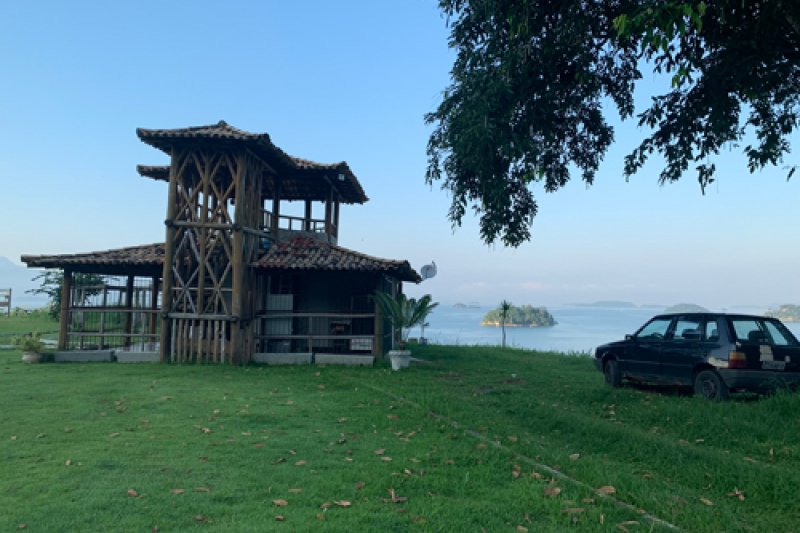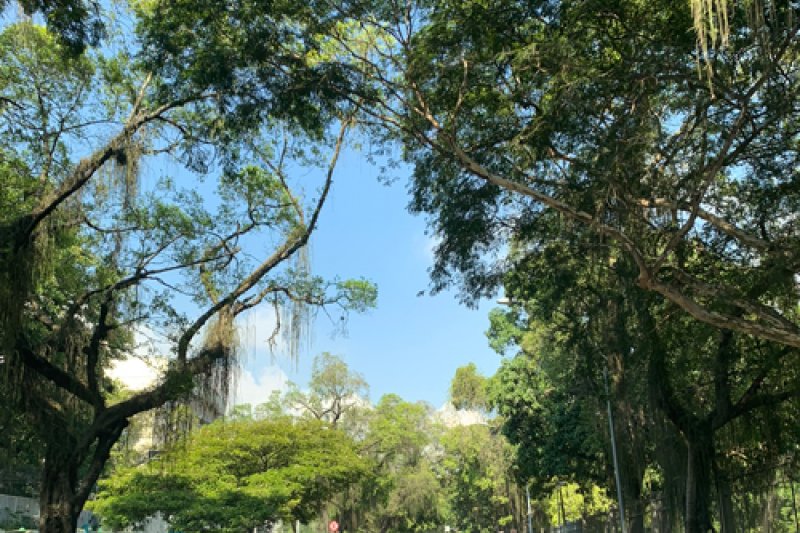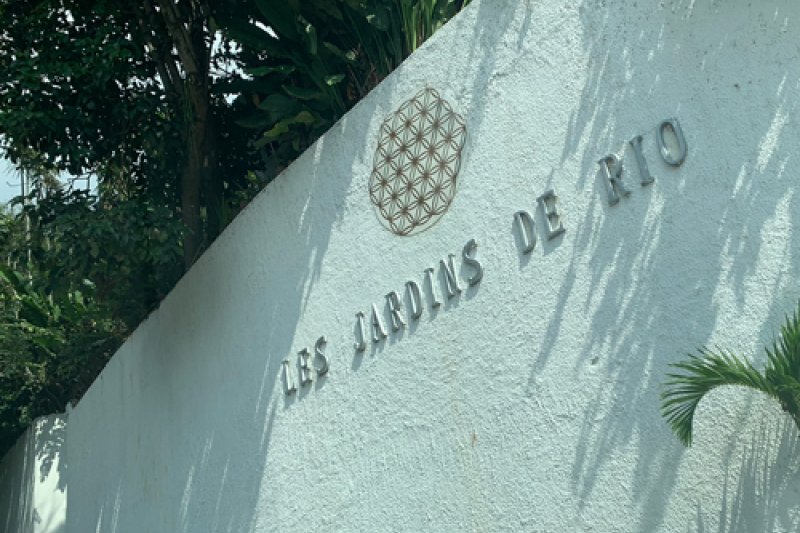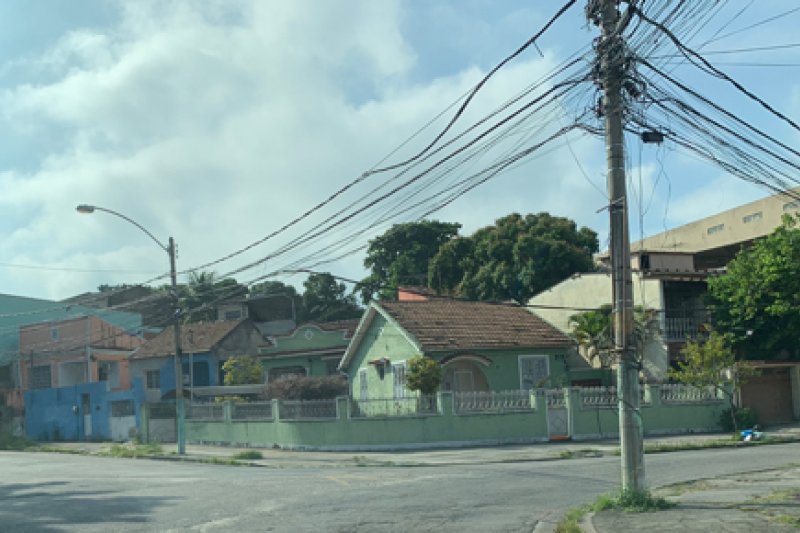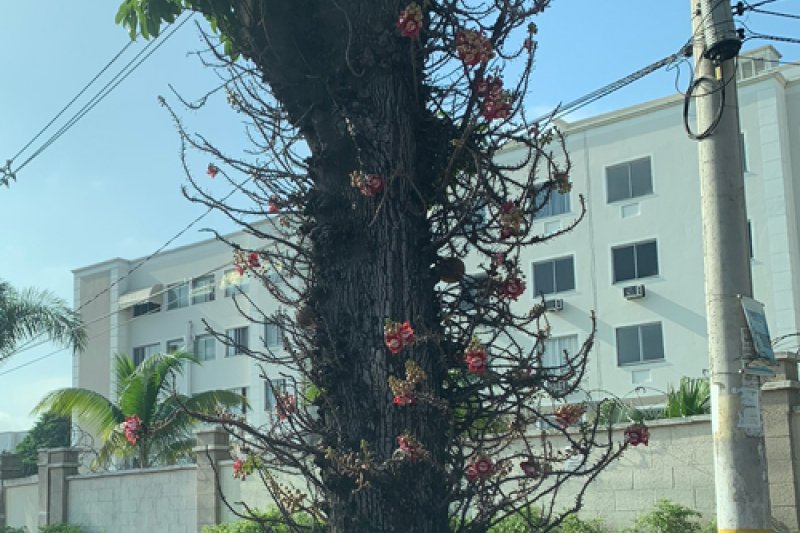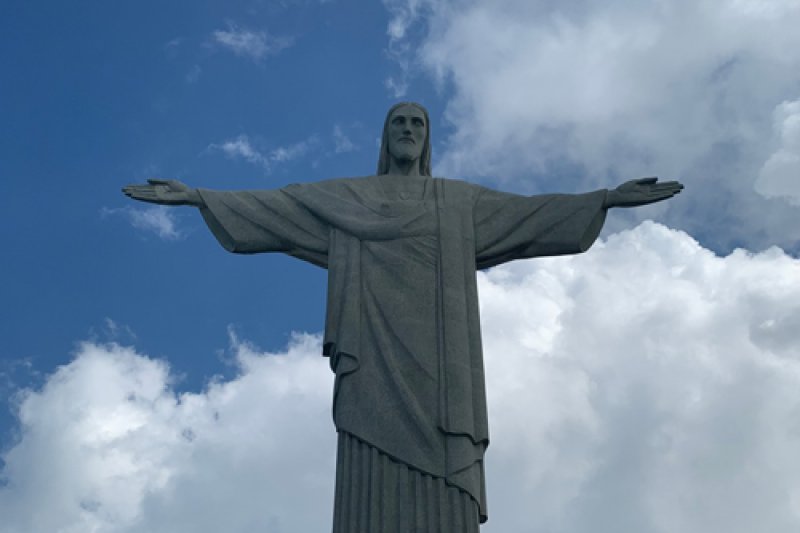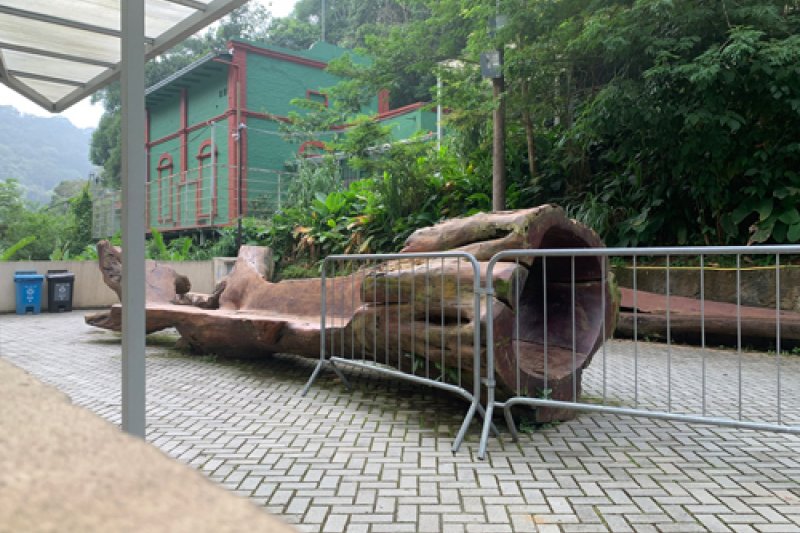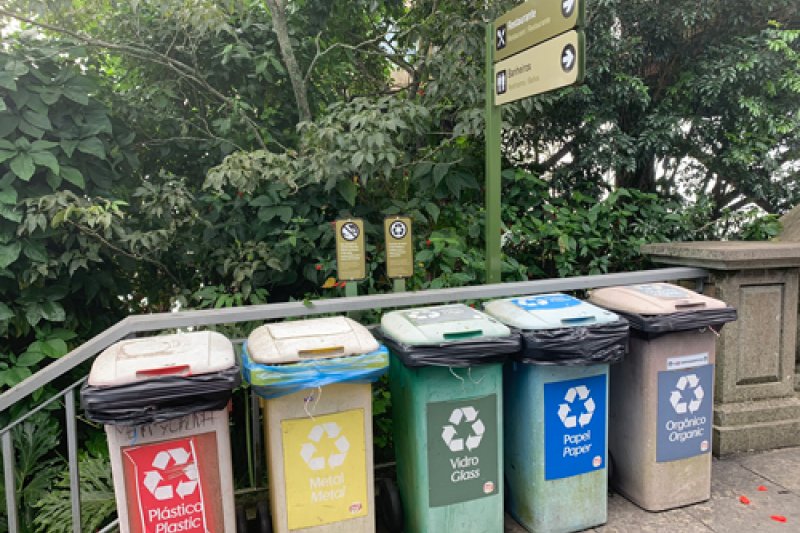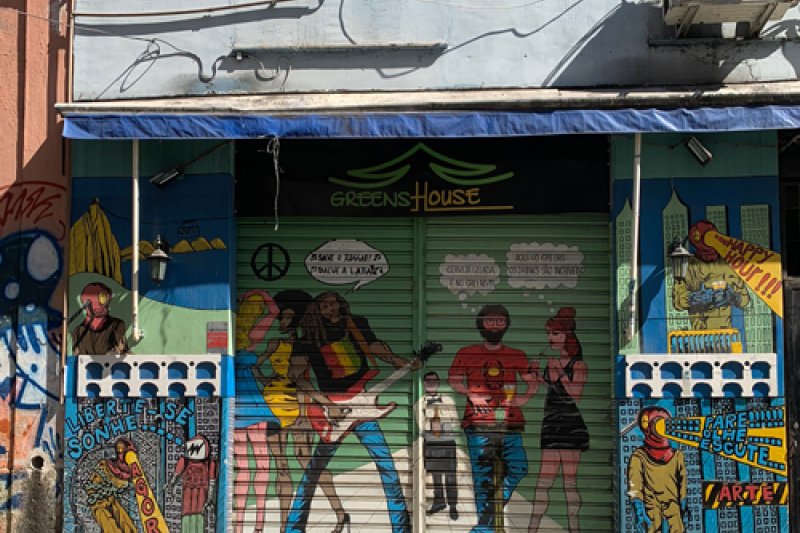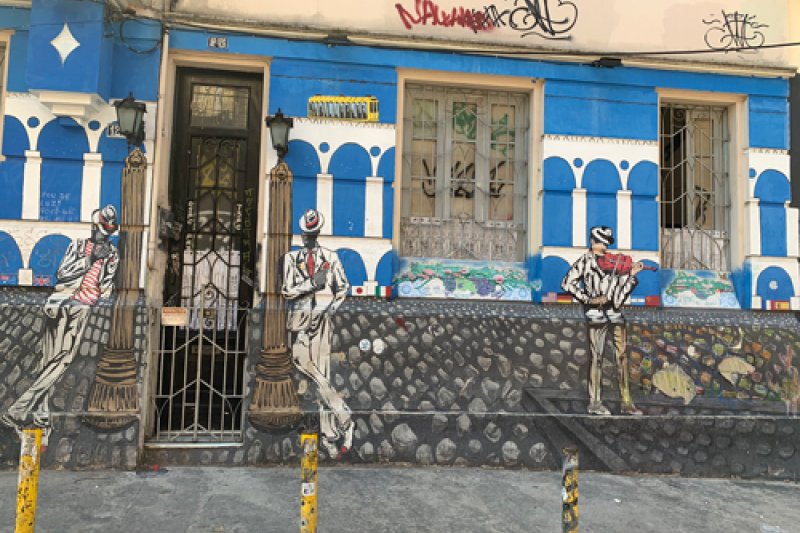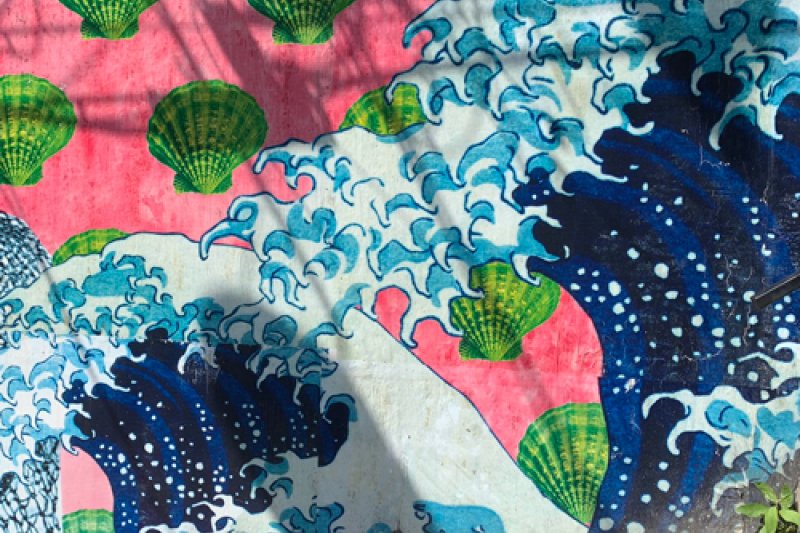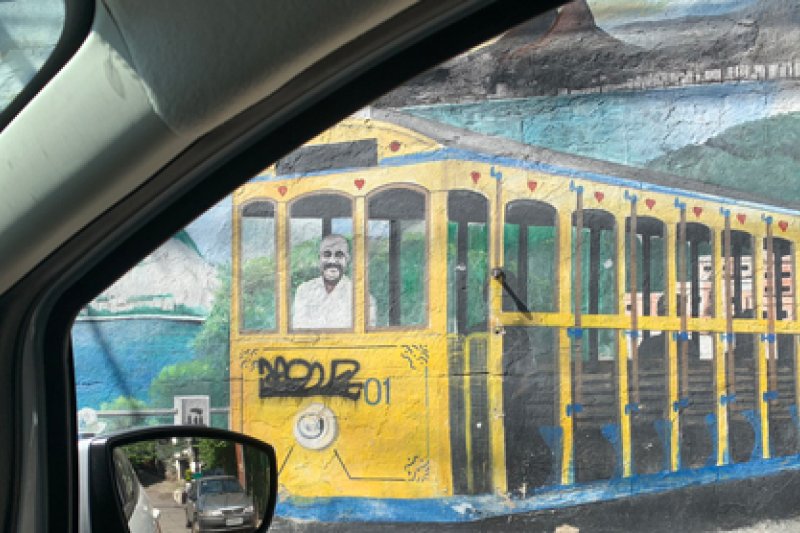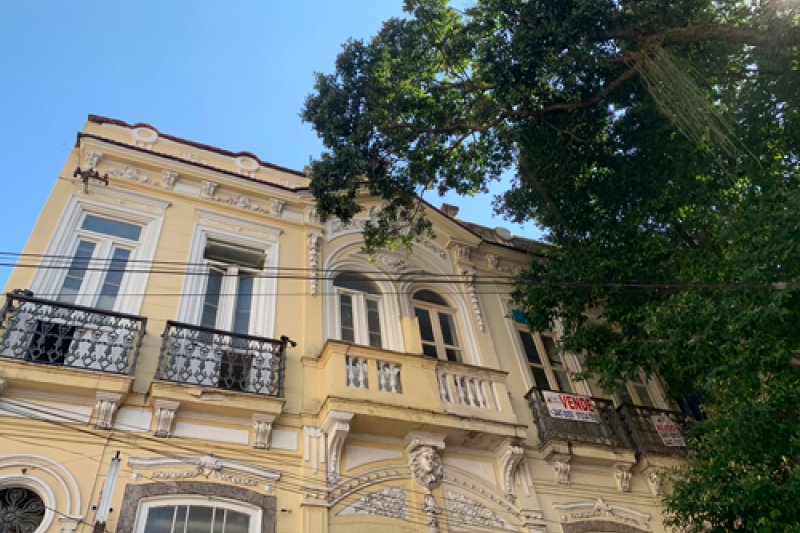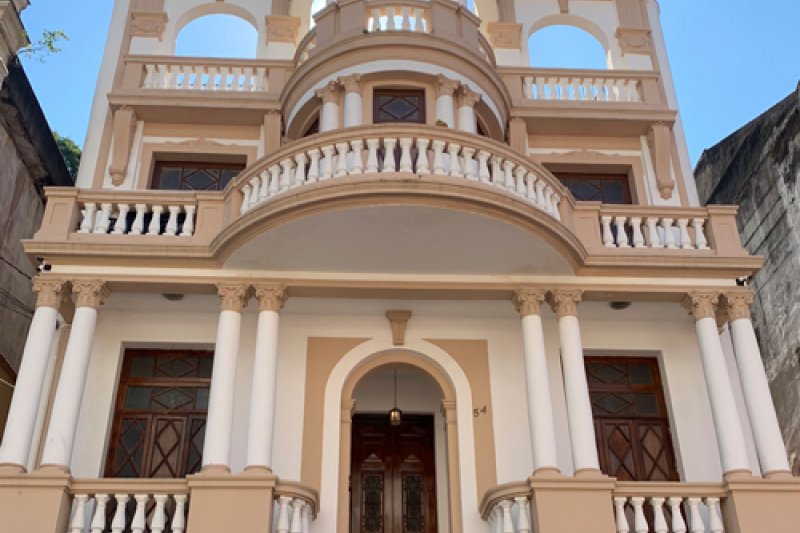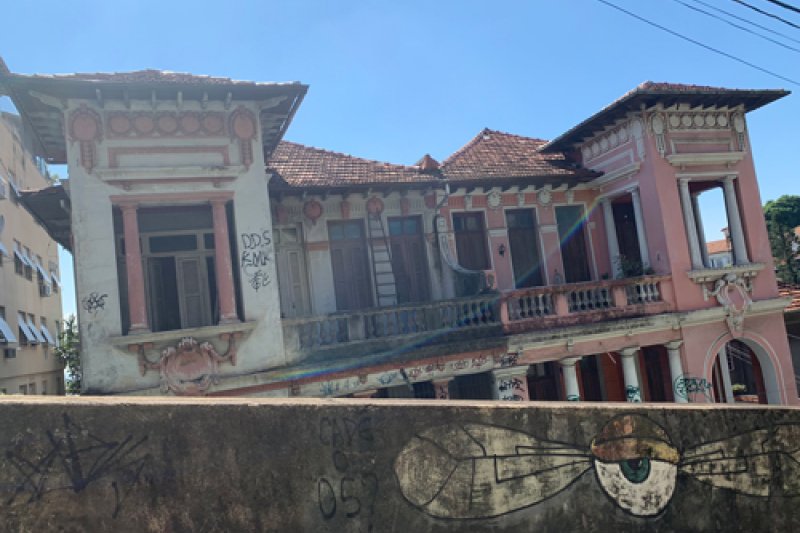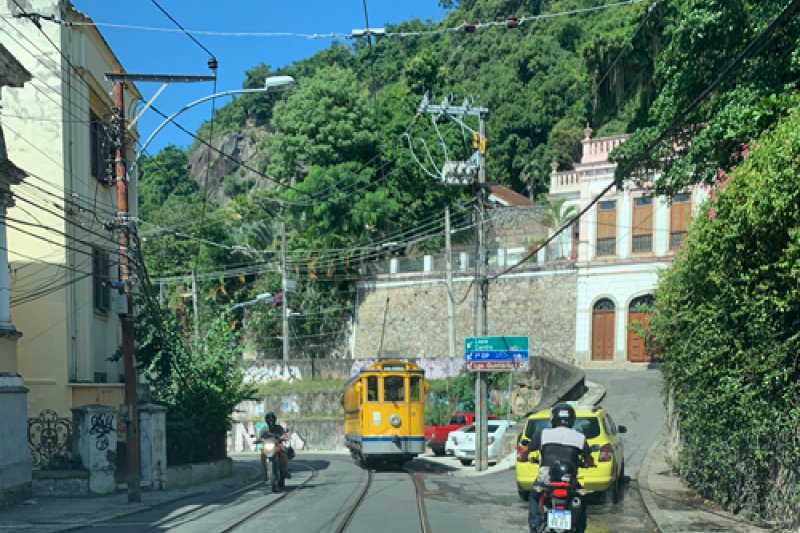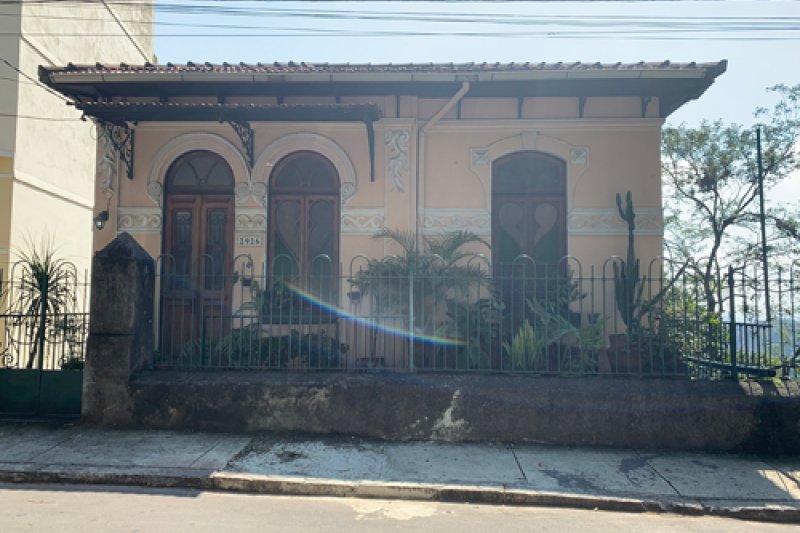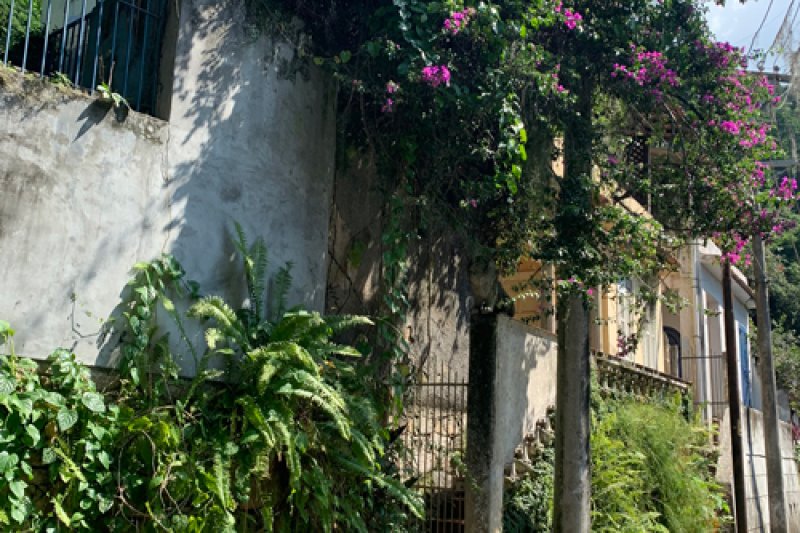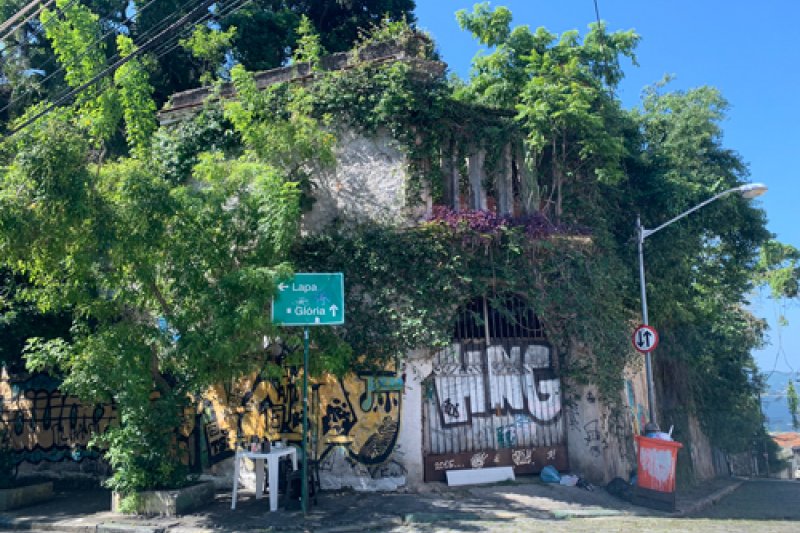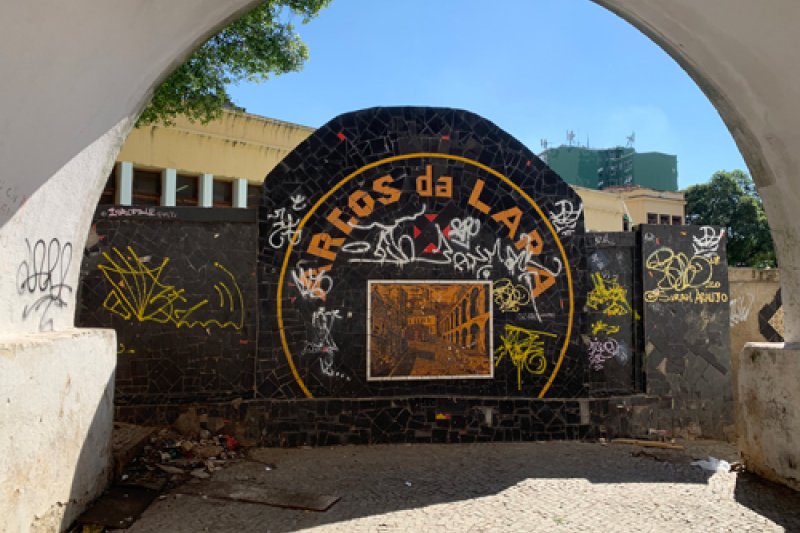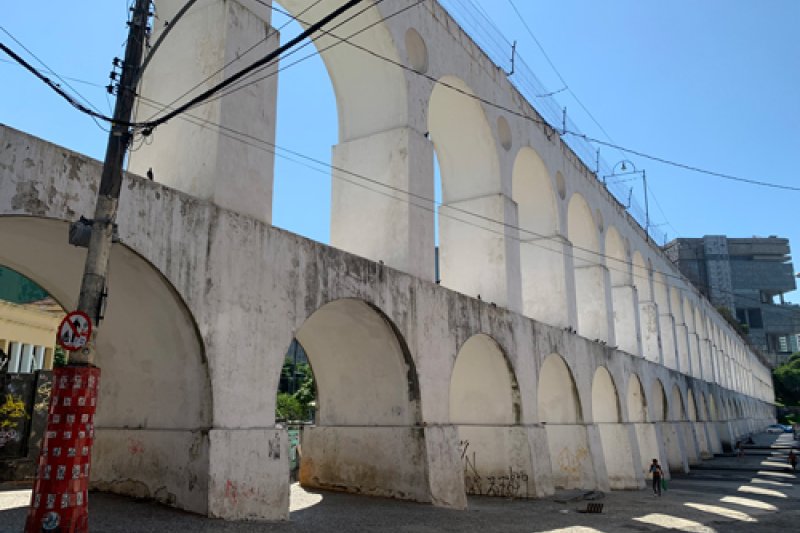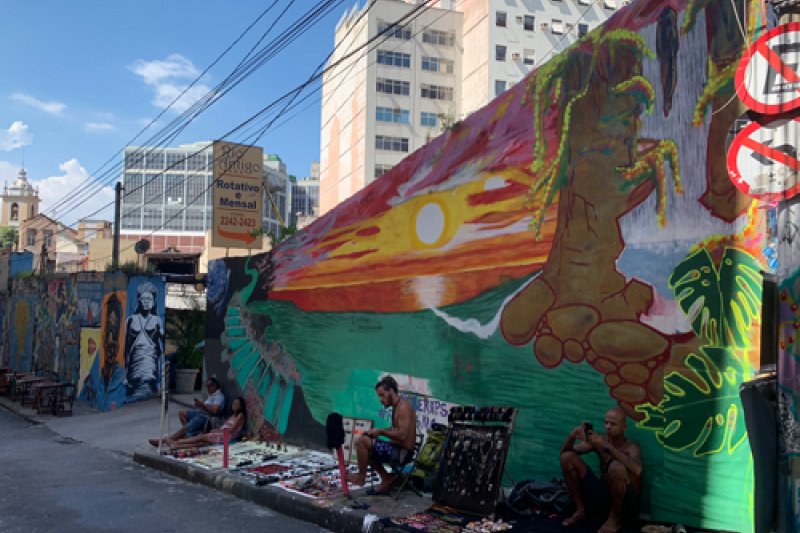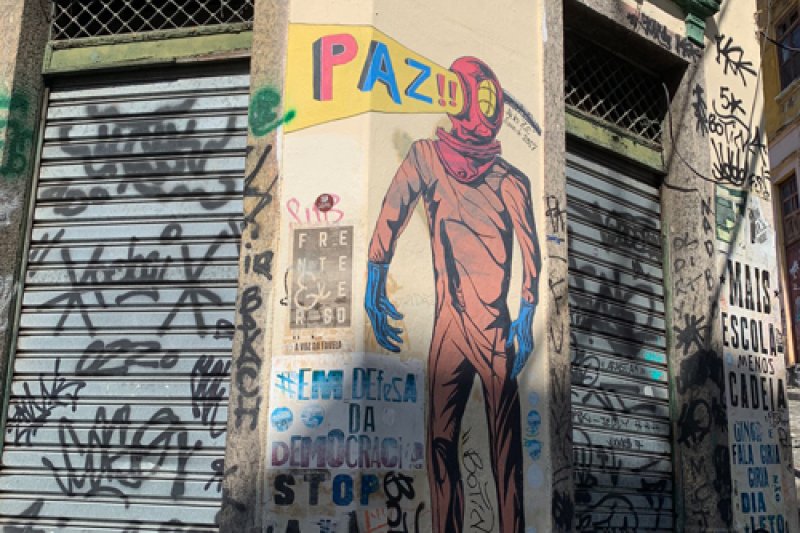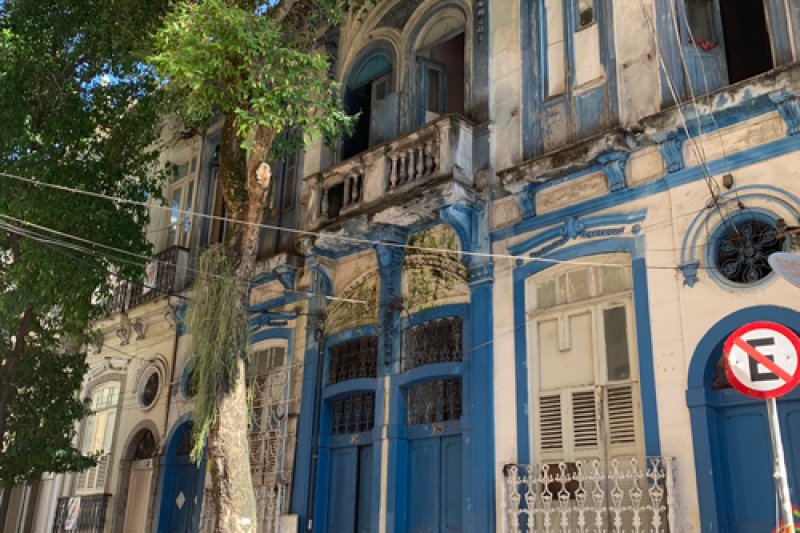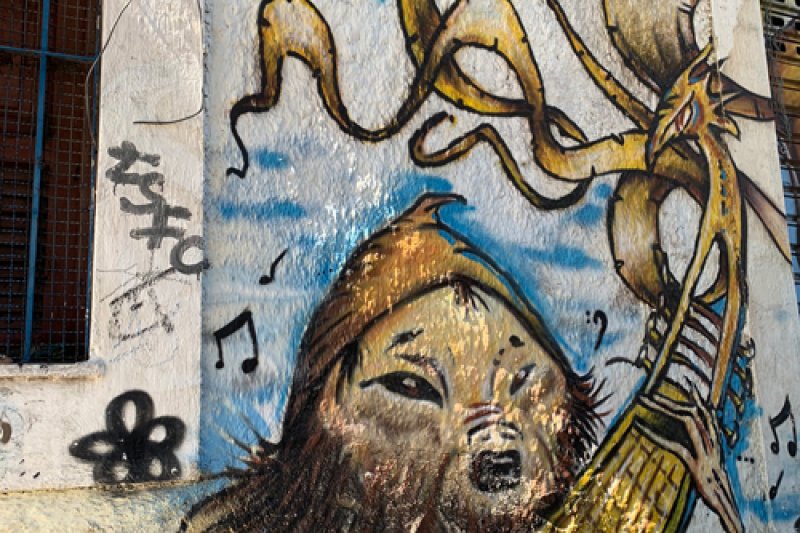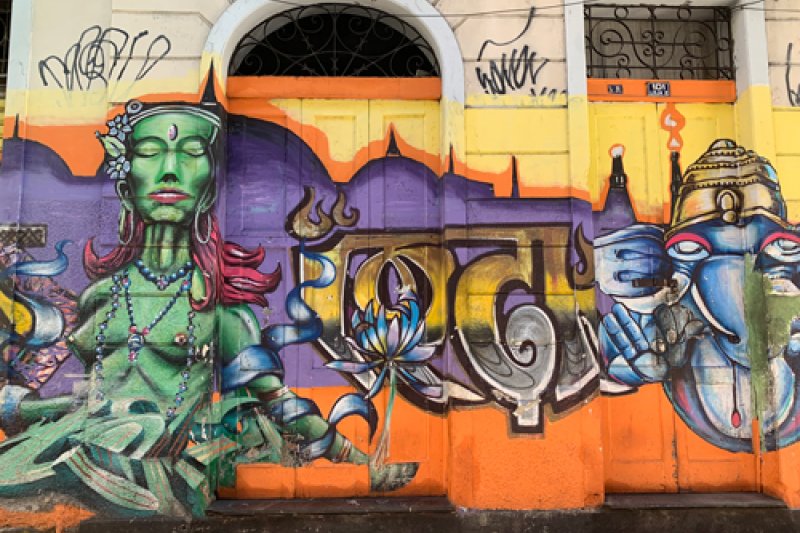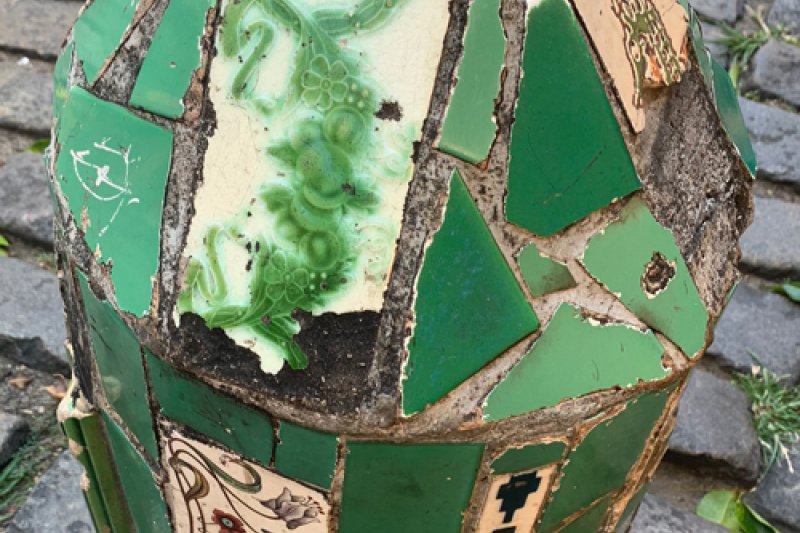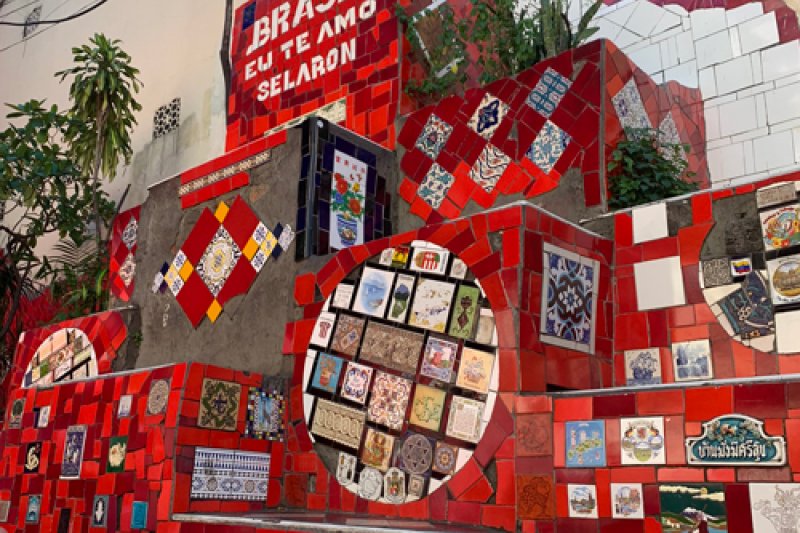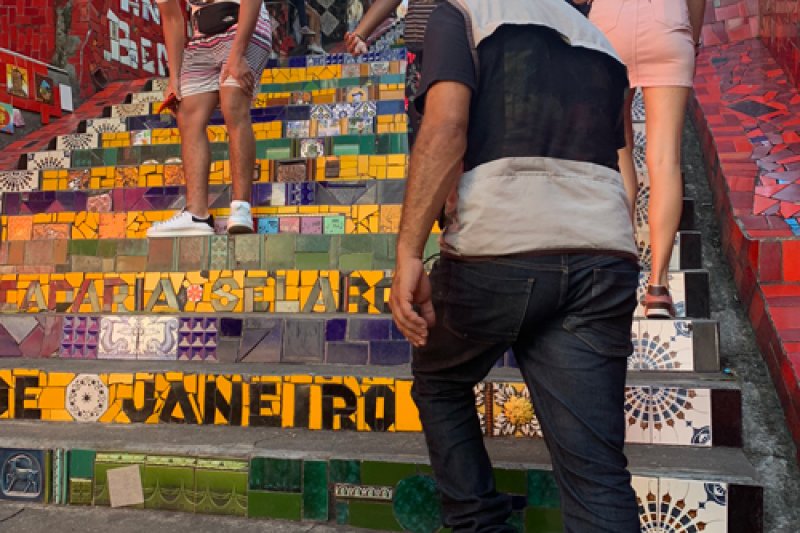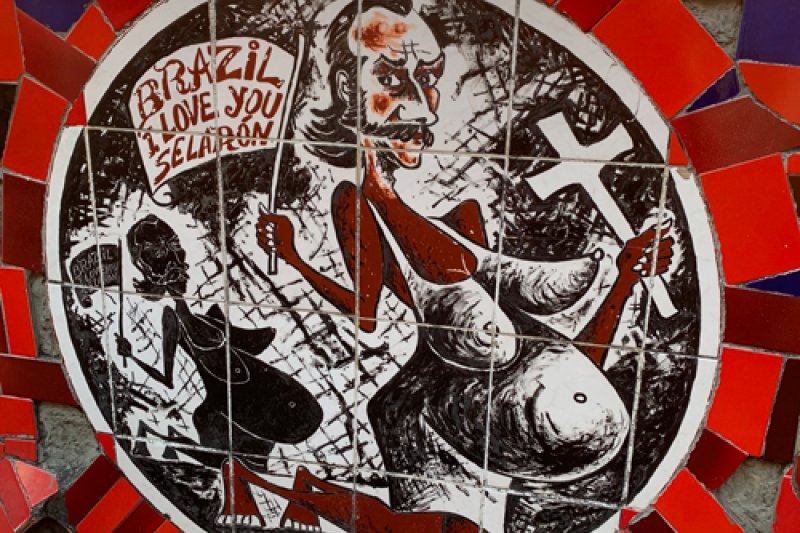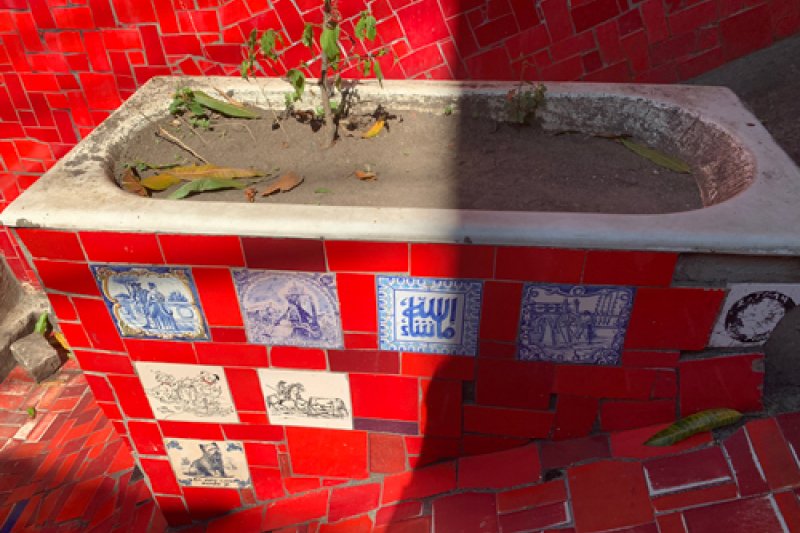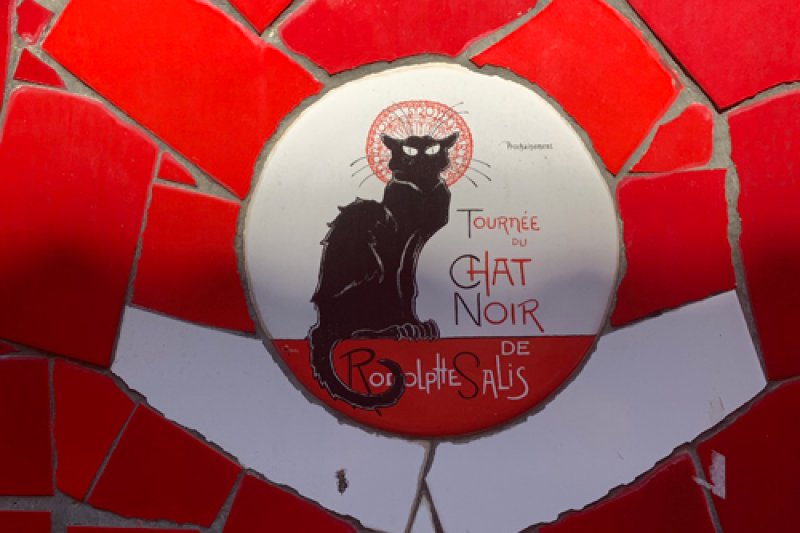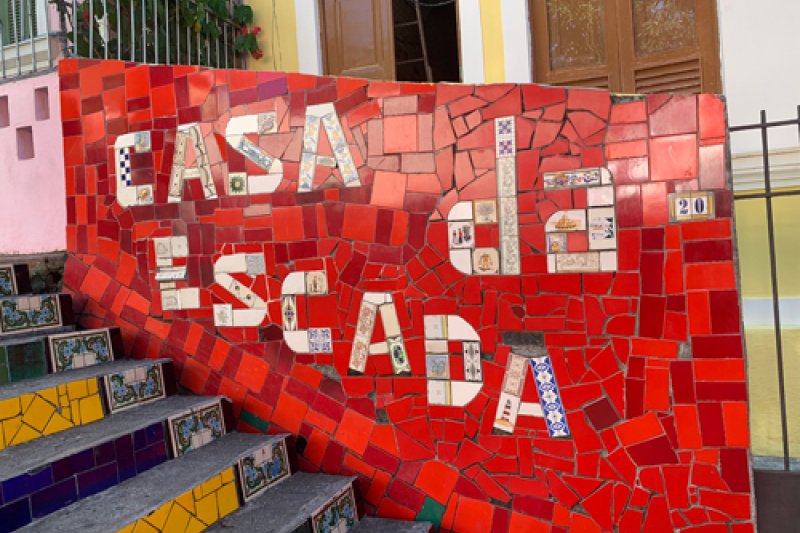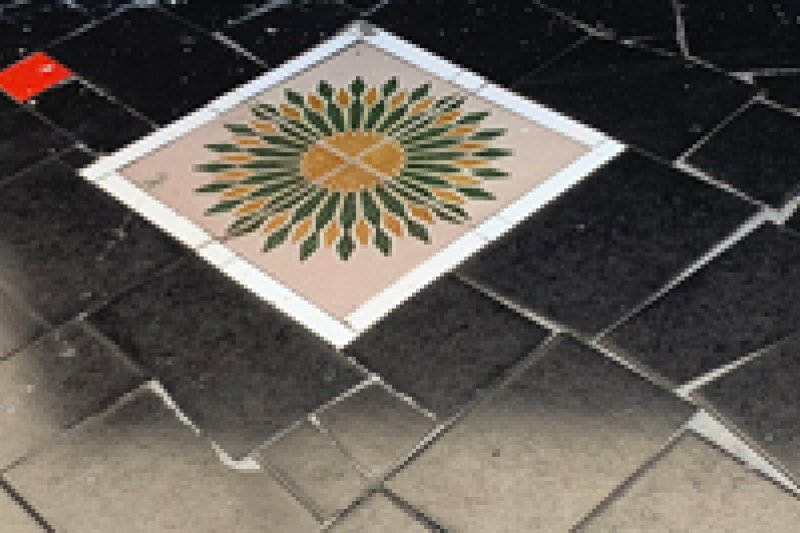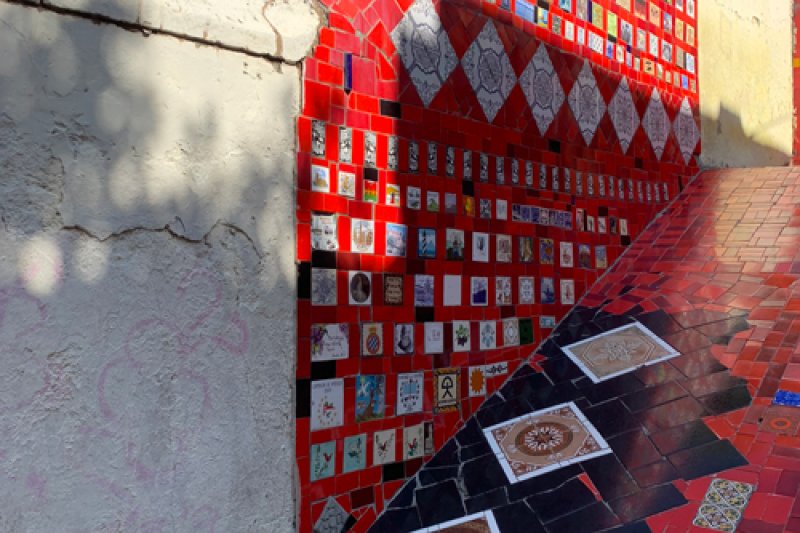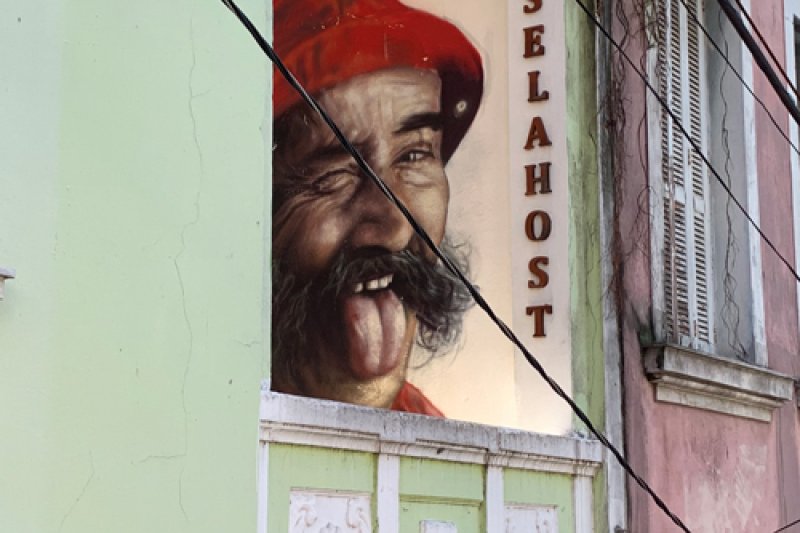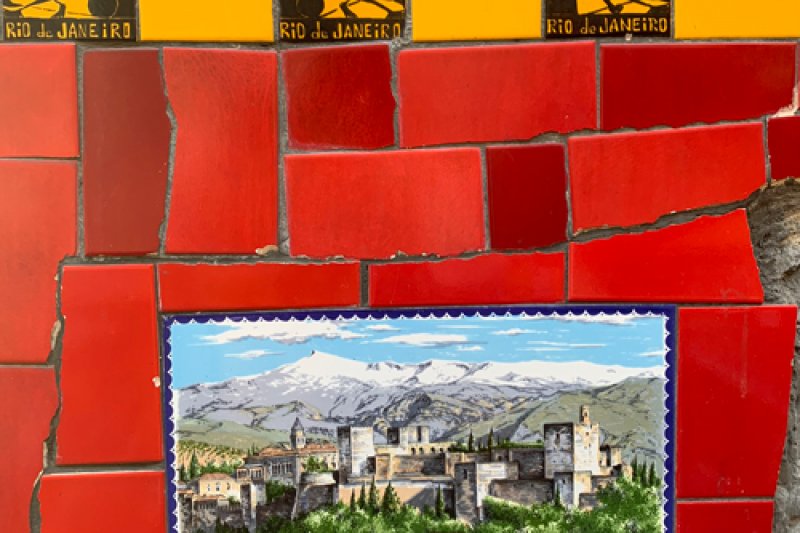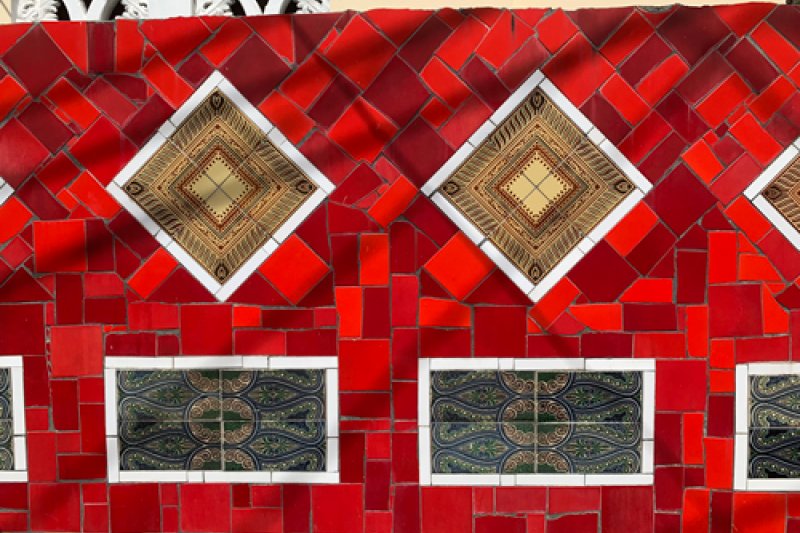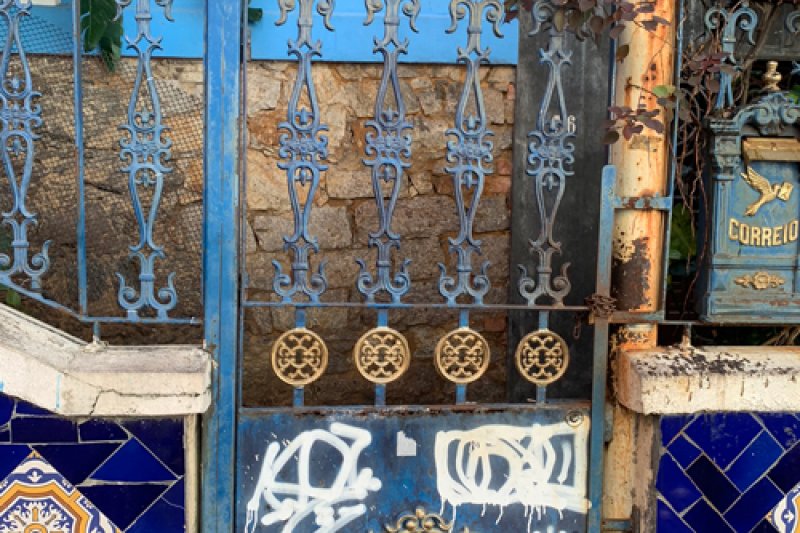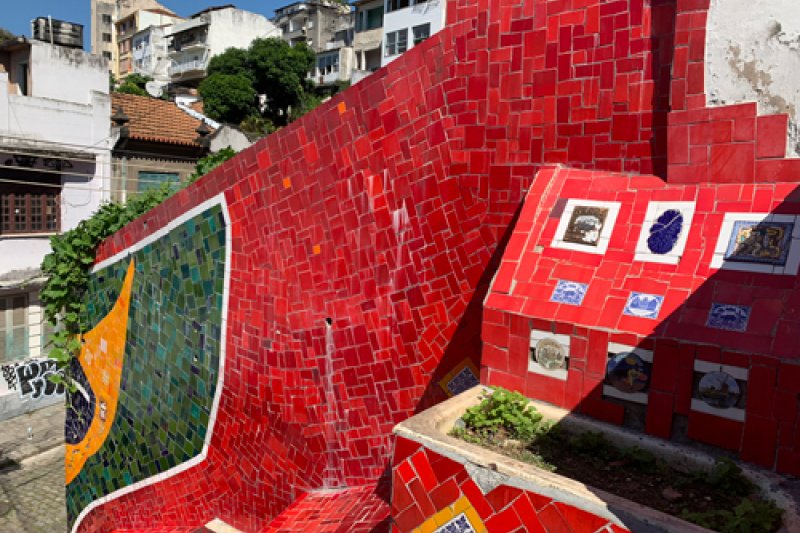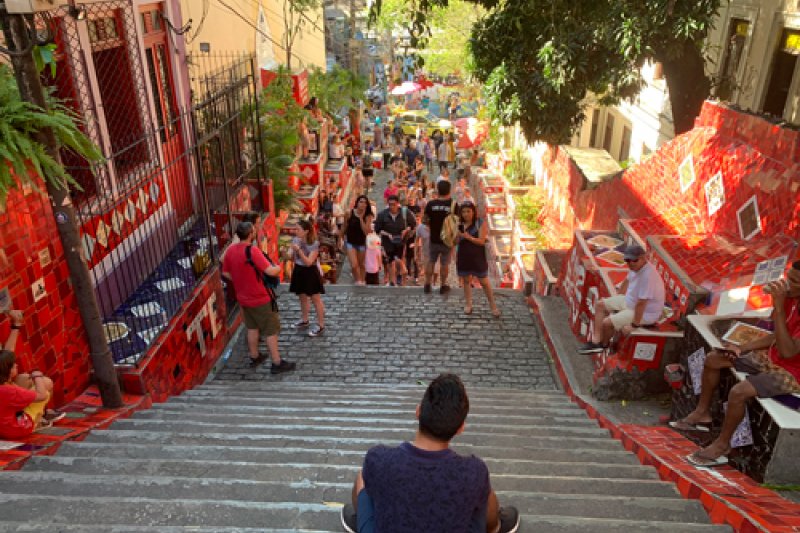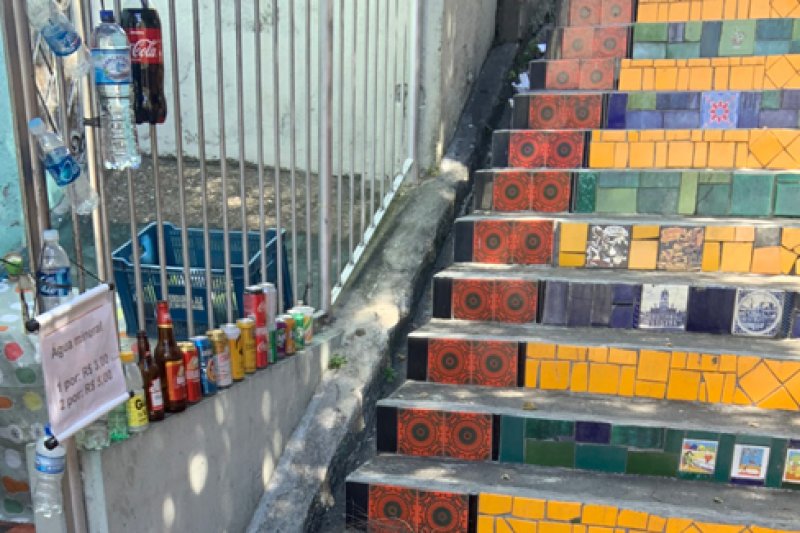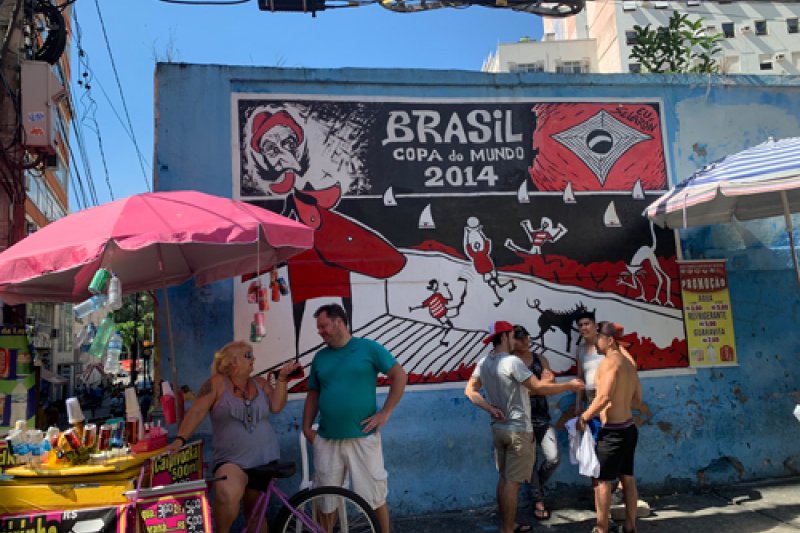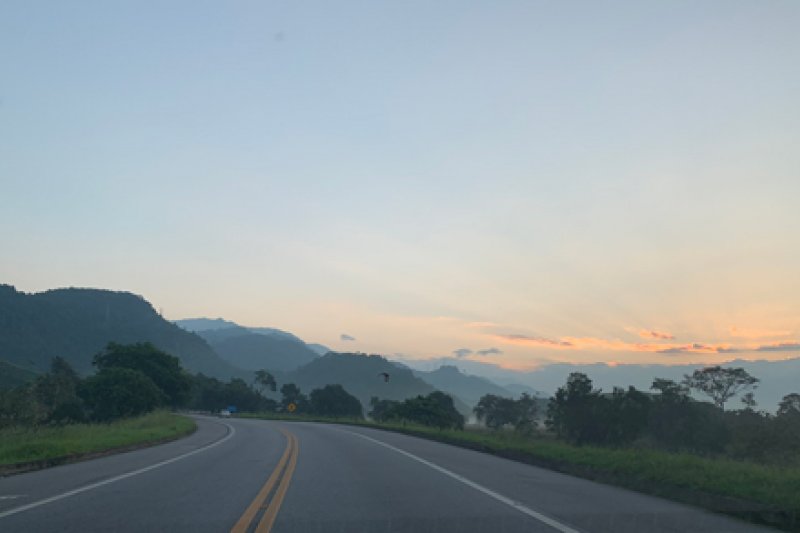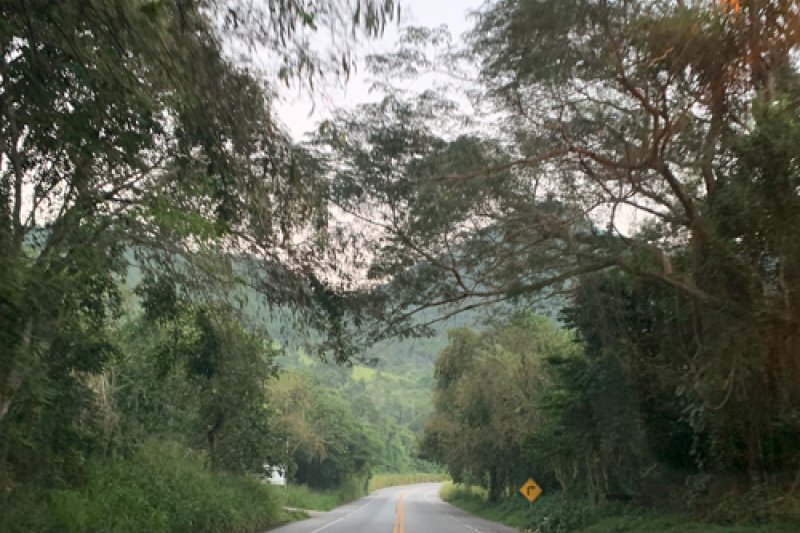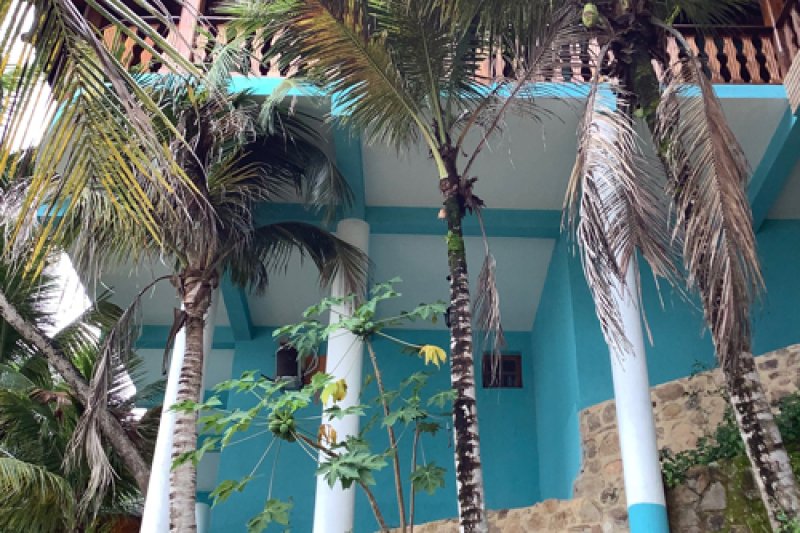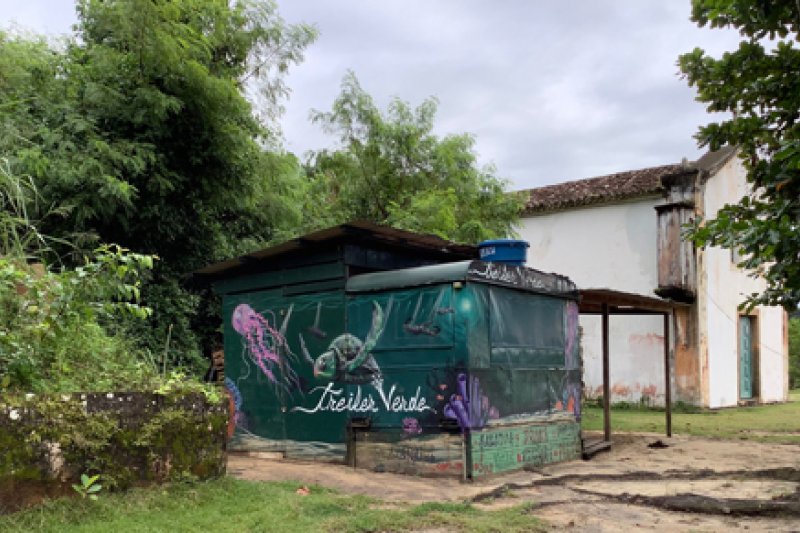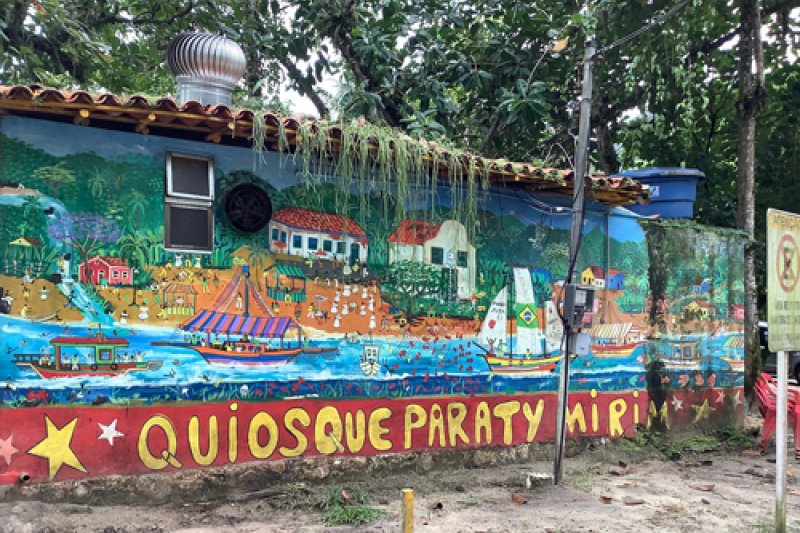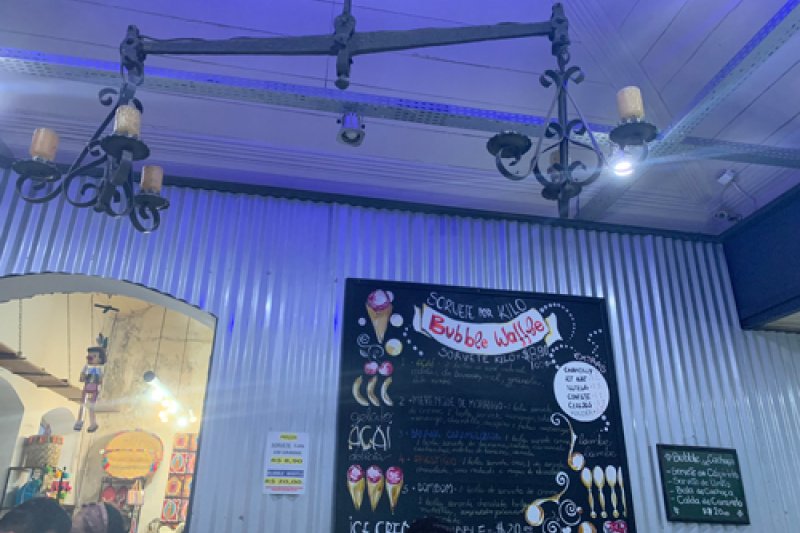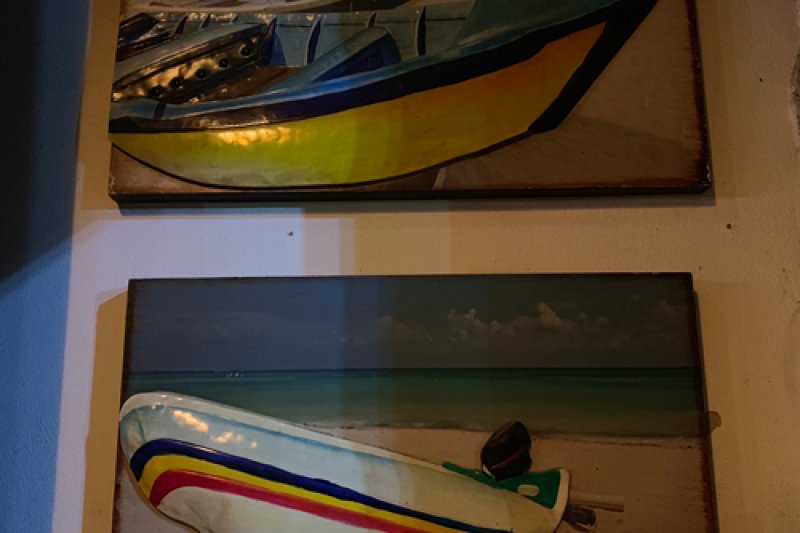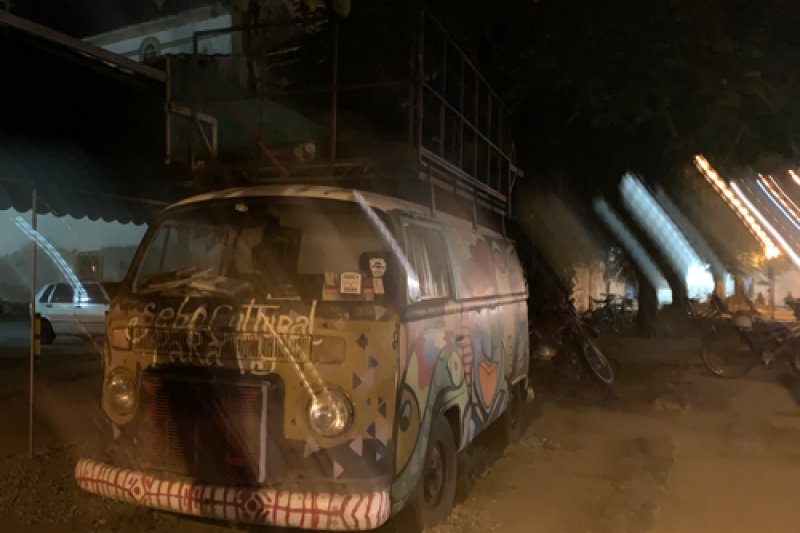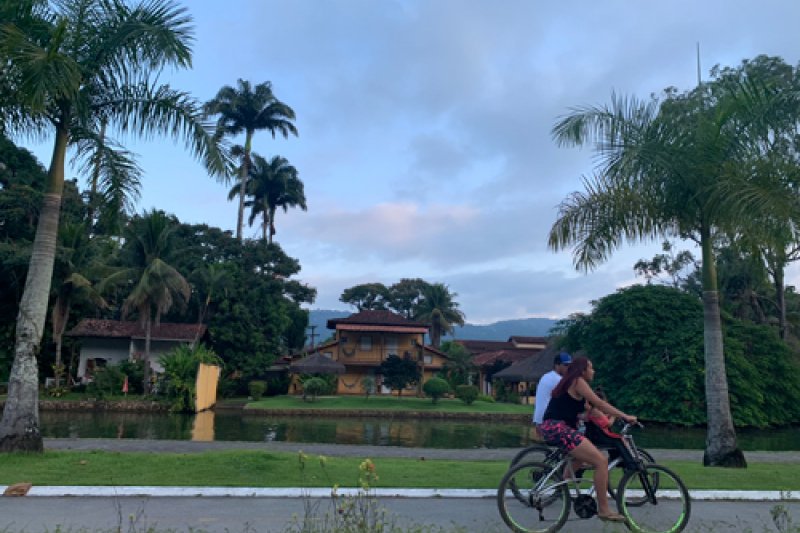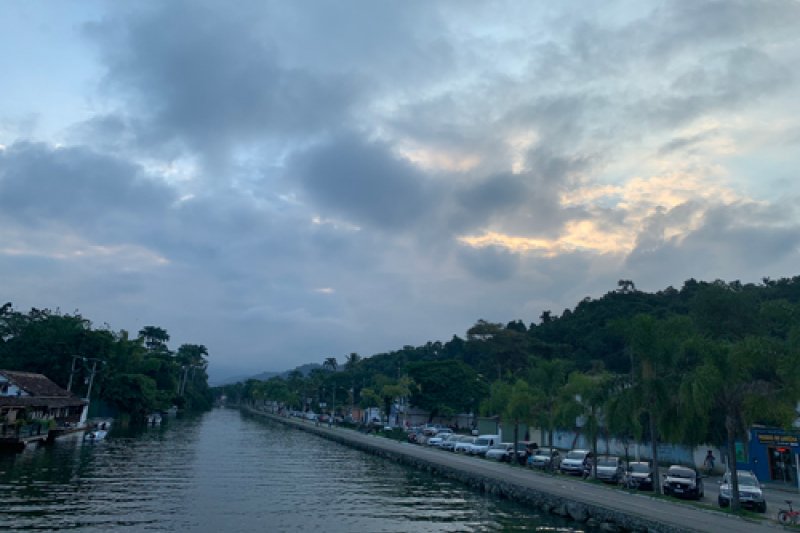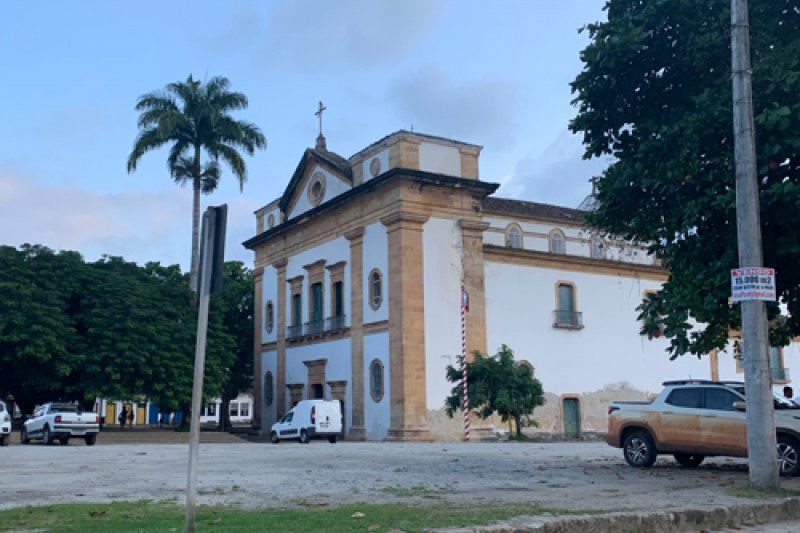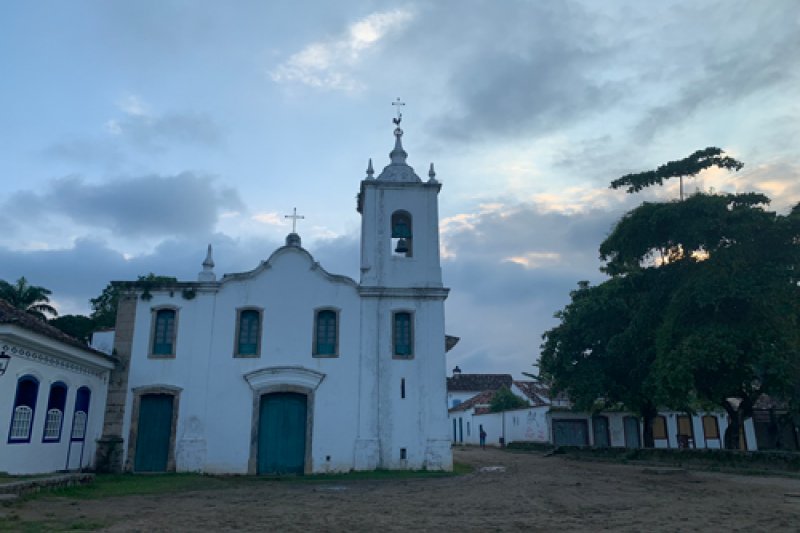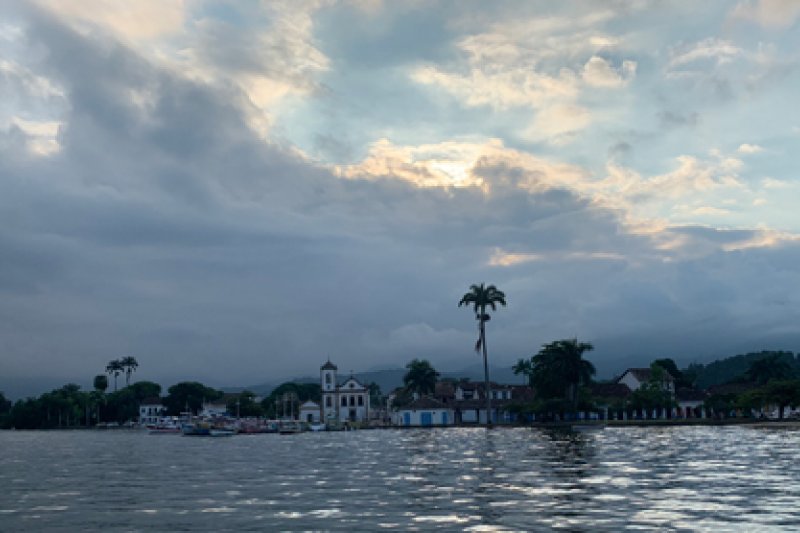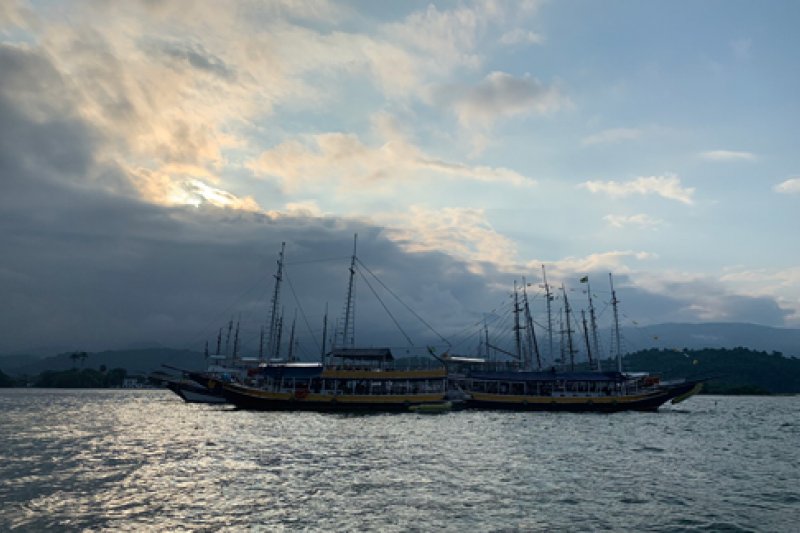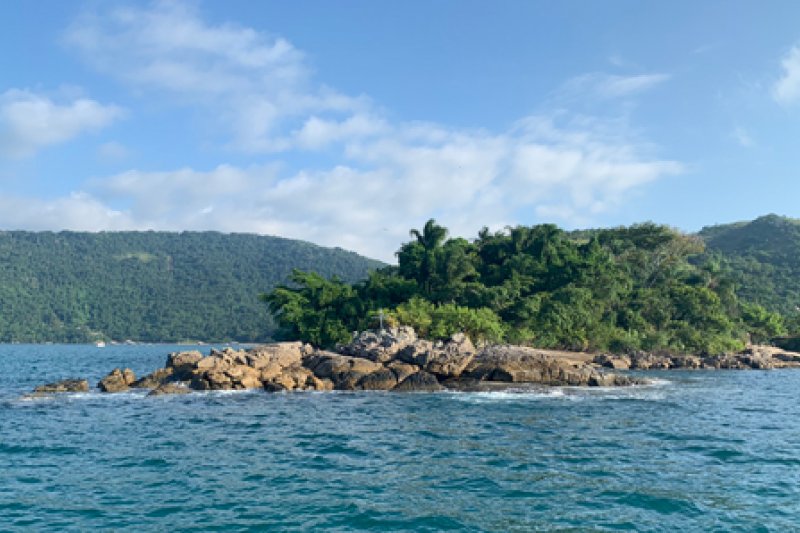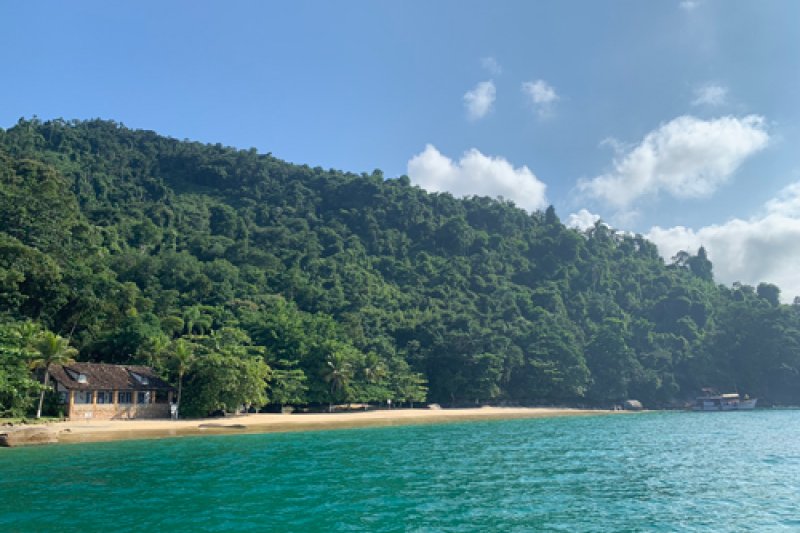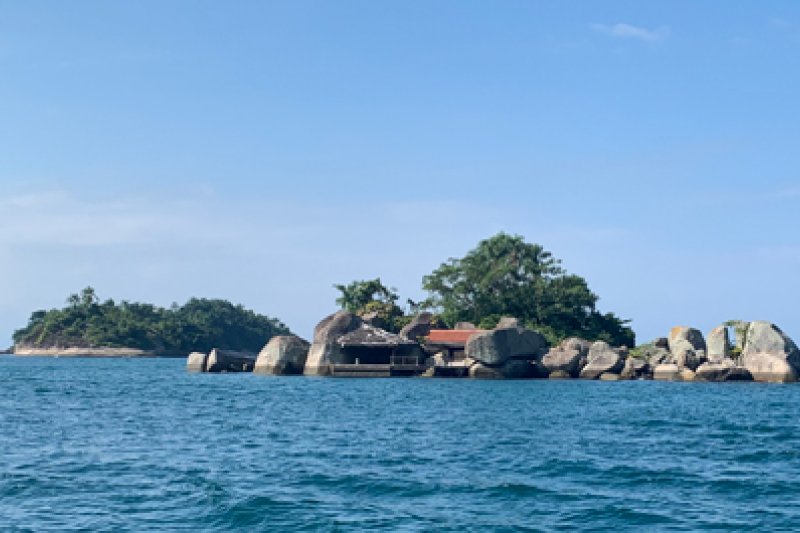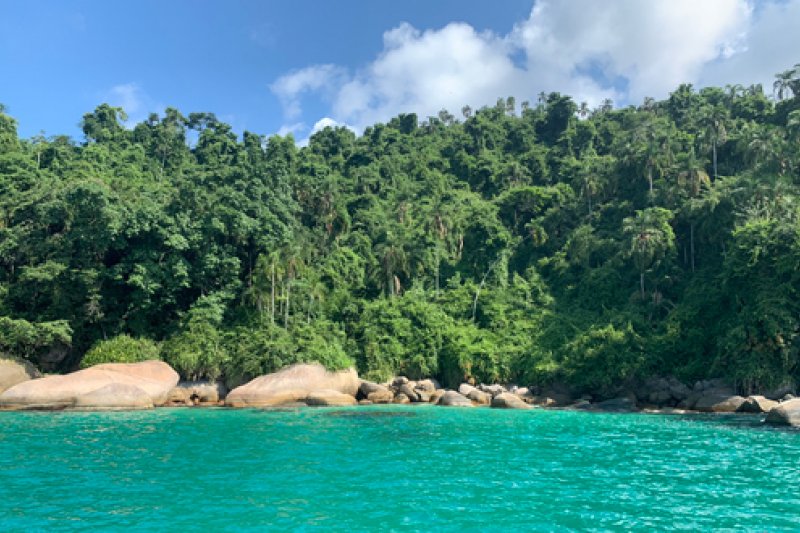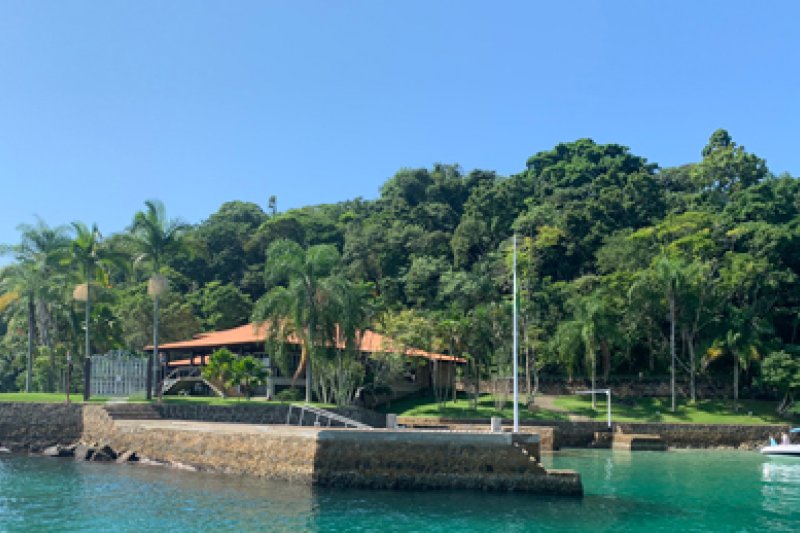Rio de Janeiro is the second largest city in Brazil after São Paulo. It was the capital of Brazil from 1822 to 1960 when Brasilia took over. Dubbed Cidade Maravilhosa, i.e. marvelous city, it remains a financial and commercial center as well as a tourist magnet. It is world-famous for its Carnival, although other cities offer an apparently more beautiful experience before Lent. Rio has many beautiful beaches. You surely heard of Copacabana, where all the action takes place, and Ipanema, which is a chicer, cleaner, and safer than the former one. At the far end of Ipanema beach, Praia do Arpoador is a surfer's perfect destination and is also famous for amazing sunsets. Praia de Grumari is favored by families because the waters are mostly calm there and it is a perfect spot to chill away from the city bustle. Prainha, towards the southwest of the city, is naturally beautiful and several fish restaurants in its immediate surroundings are a good choice for lunch. Barra de Tijuca beach is an 8-mile sandy stretch that is less crowded. Praia Vermelha -red beach- is protected by green hills and offers a nice view of the Sugarloaf Mount. Praia do Abricó is protected by thick vegetation and large rocks and you will need a car to get to this nudist beach.
Rio is very versatile. It is a city that is alive day and night. Street parades can happen at any moment and it is charming to watch impromptu samba dancer's performances on the streets. It is a prominent cultural hub. The weather is essentially tropical, hot, and humid, and heavy rains are to be expected between December and March. The city center showcases different structural styles from various eras: the Municipal Theater and the National Library buildings resemble the Opera House in Paris, the Ministry of Education building was conceived by Le Corbusier and Brazilian architects in 1936, some buildings look like the ones of some parts of Lisbon, others are typical of the post World War II times and high-rise towers were added to the skyline since the 1970s. Essential to-do list when in Rio:
- beaches famous and less famous to get the feel of the city's ambiance, make sure to check out the Belmond Copacabana Palace, opened in 1923
- Christ the Redeemer monument and national preserve of Tijuca which is what remains of the Atlantic forest that used to surround the city
- Sugarloaf Mountain by cable car
- Praça 15 de Novembro is an important spot with many monuments to be visited all around: Cândido Mendes University glass tower, Carmo convent, the Imperial Palace, and a few blocks further the Brazilian Academy of Letters, as well as the Museum of Modern Art
- old Senate building
- Pedro Ernesto Palace and Cinelândia square
- Guanabara Palace
- Tiradentes Palace
- Metropolitan Cathedral with its spectacular high stained-glass windows
- São Bento monastery, a colonial church of the 17th century
- Museum of the Future
- National Museum of Fine Arts
- Art center Helio Oiticica
- the bohemian Santa Teresa district, home to many artists, and Escadaria Selarón, the famous colorful staircase where jams are often improvised
- Maracanña football stadium, where numerous legendary victories took place
- Carioca Aqueduct
- Lagoon Rodrigo da Freitas is encircled by an iconic walking and cycling path
- Parque Lage
- Botanical garden
I first visited Rio in 2005, almost 20 years ago. I walked in the morning and in the evening along the Copacabana and Ipanema beaches respectively. Soaked in the samba vibe. I enjoyed driving up Corcovado mountain -which means hunchback- on top of which the Cristo Redendor -Christ the Redeemer- statue is set. You can take the cog train for a 30-minute picturesque and scenic ascension to the stairs below the monument. These you will have to climb and it might not be easy as it gets steep at some point. But you can buy refreshments and souvenirs from the little shops along your way. Make sure to buy your train ticket prior to your visit, as I discovered that same-day tickets were not available. Or ride an authorized van to get to the monument. These vans depart from 3 different locations in town. My first visit almost two decades ago had faded in my memory. I remember being very careful with my camcorder and my phone because I was warned about pickpockets, but no one ever came close to me. And so in 2019, I drove back to Rio as I was spending a long weekend in Paraty with my best friend and her family. Paraty was recorded on the UNESCO World Heritage List that same year. It is a small town on the coastline of the state of Rio de Janeiro. It is a National Historic Landmark and a large part of its territory is protected by conservation units. Unfortunately, my travel pictures were not backed up before my phone got stolen, so the following picture gallery is very scant.
Happy voyage ✈️✈️✈️

